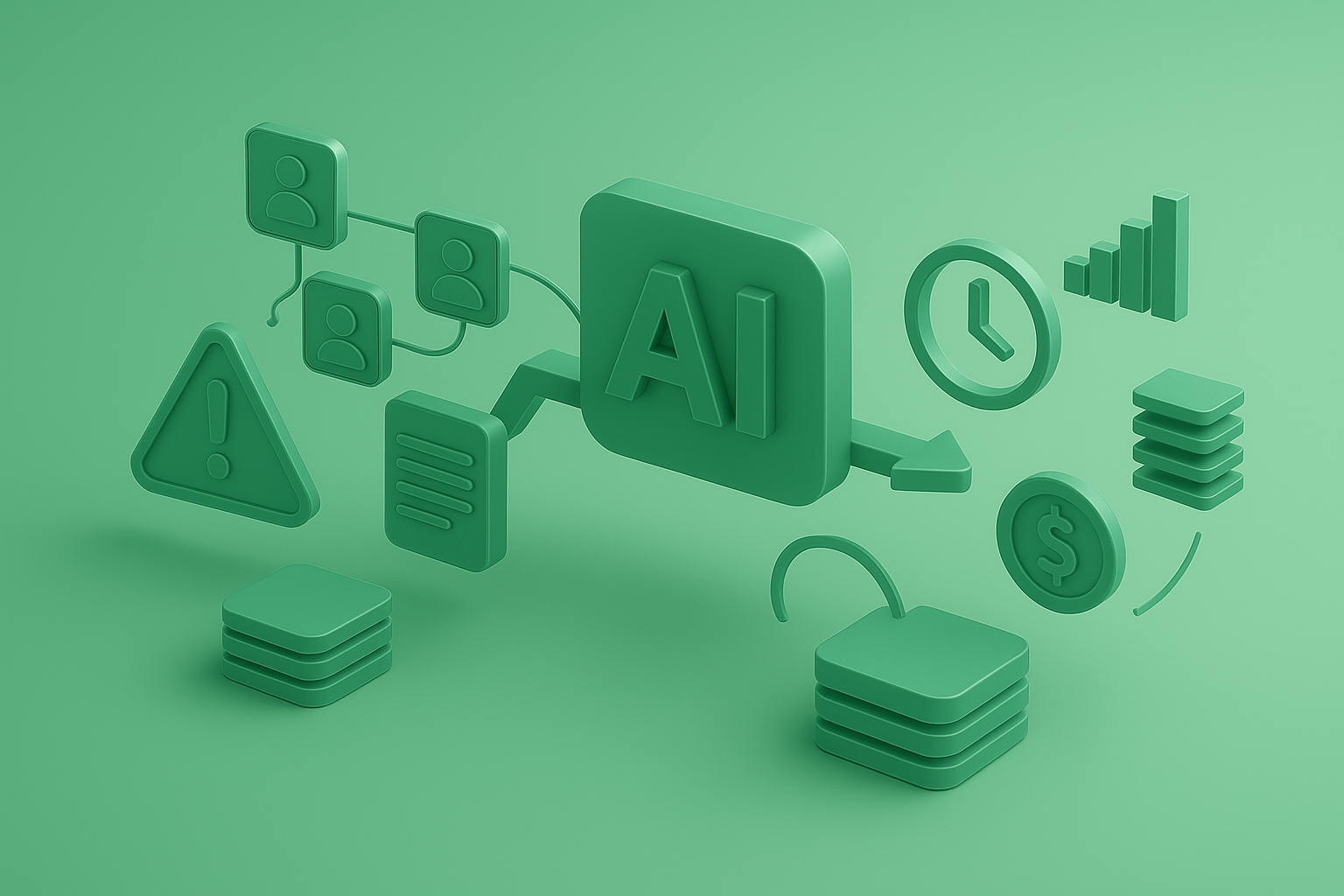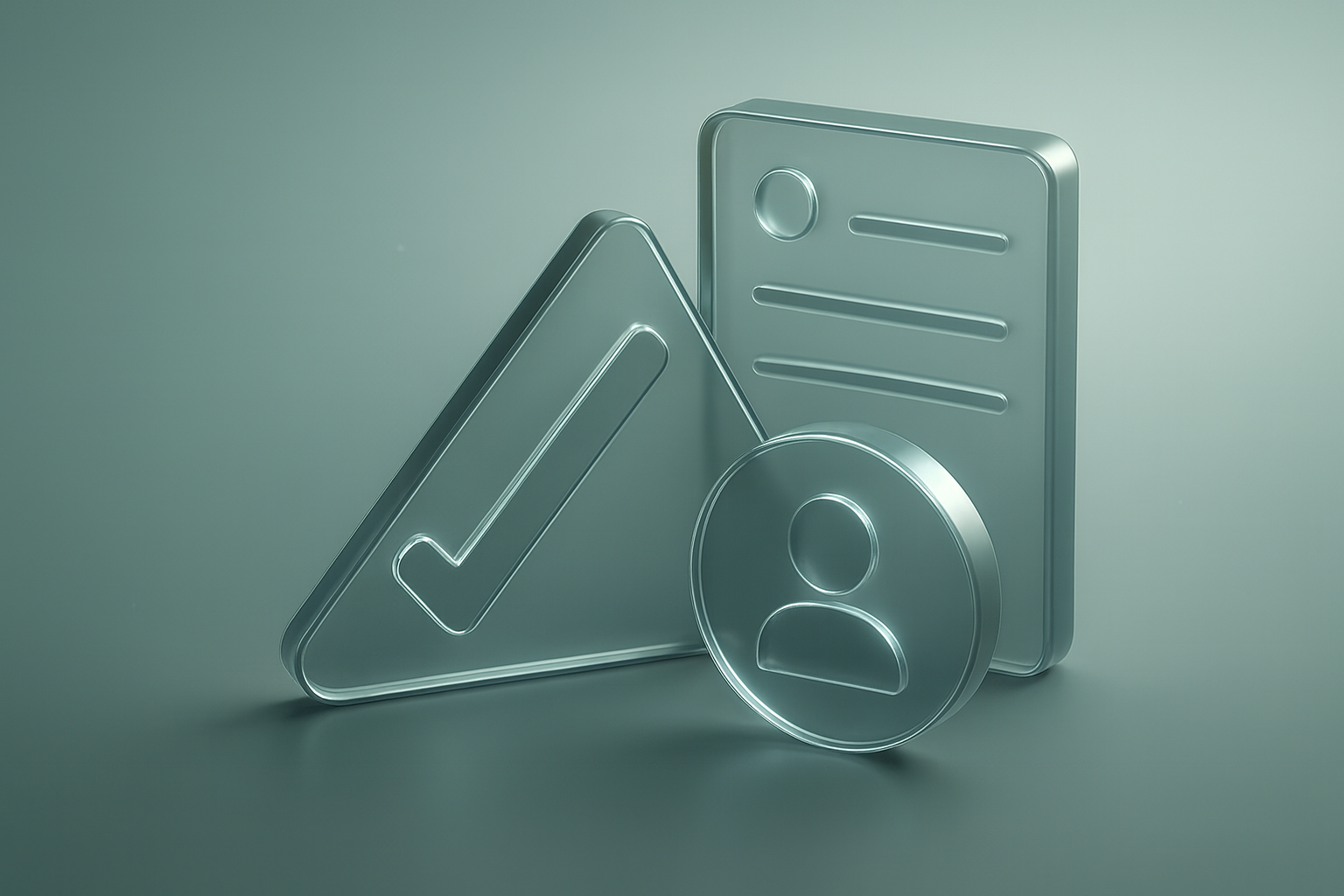Upstream vs. Downstream Features: The Must-Have Capabilities Your Source-to-Pay Platform Needs for End-to-End Procurement Success

Category
Source to Pay
Published Date
October 24, 2025
Reading Time
5 Min Read
In today’s complex procurement environment, a Source-to-Pay (S2P) platform is no longer just a transactional tool—it’s the backbone of strategic, efficient, and compliant procurement operations. But not all S2P solutions are created equal. To ensure your organization reaps the full benefits, it’s critical to understand the must-have features across both upstream and downstream procurement processes.
In this blog, we’ll explore the essential upstream and downstream capabilities your S2P platform must offer to deliver end-to-end procurement success—from sourcing and supplier management to purchase execution and payme
Understanding Upstream and Downstream Procurement Processes
Before diving into features, it’s helpful to clarify what we mean by upstream and downstream in the S2P lifecycle:
- Upstream procurement focuses on strategic sourcing activities—supplier discovery, bidding, contract management, and supplier relationship management.
- Downstream procurement centers on operational execution—purchase requisitions, purchase orders, invoicing, payments, and compliance monitoring.
Both ends of the spectrum are equally important, and a strong S2P solution must provide comprehensive capabilities in each area to avoid process gaps, inefficiencies, and risk.
Essential Upstream Features: Driving Strategic Sourcing and Supplier Management
1. Supplier Discovery & Onboarding
A robust S2P platform streamlines identifying and onboarding suppliers. It should facilitate quick supplier qualification, risk assessment, and seamless integration into your ecosystem—without cumbersome paperwork or delays. This sets the foundation for a strong, reliable supplier base.
2. Sourcing & eRFX Management
Efficient management of Requests for Information (RFI), Proposals (RFP), and Quotations (RFQ) is vital. Your platform must enable structured workflows for creating, distributing, evaluating, and awarding bids, ensuring transparency and maximizing competitive advantage.
3. Contract Lifecycle Management (CLM)
Centralizing contracts in a secure, searchable repository reduces risks and administrative overhead. Features should include automated approvals, version control, renewal alerts, and compliance checks to keep contracts on track and aligned with business goals.
4. Supplier Performance Management
Tracking supplier KPIs and compliance in real time is key to mitigating risks and fostering continuous improvement. Dashboards and scorecards should provide actionable insights on delivery times, quality, sustainability, and other critical metrics.
5. Collaboration Tools
Integrated communication channels and document sharing with suppliers streamline negotiations and issue resolution, fostering stronger partnerships and faster decision-making.
Critical Downstream Features: Streamlining Purchase-to-Pay Operations
1. Purchase Requisition & Purchase Order Management
Automation here reduces manual errors and accelerates approvals. The system should provide real-time visibility into purchase requests and orders, enabling procurement teams and stakeholders to track status and manage exceptions proactively.
2. Invoice Management & Matching
A powerful S2P platform automates invoice capture and matches invoices against purchase orders and receipts. This reduces discrepancies, cuts down on manual intervention, and speeds up the payment cycle.
3. Payment Processing & Supplier Portal
Secure, timely payments are essential for healthy supplier relationships. Features like automated payment scheduling, electronic funds transfer (EFT), and supplier self-service portals for invoice submission and payment tracking enhance transparency and reduce queries.
4. Compliance & Audit Management
Your solution must enforce procurement policies and regulatory requirements through configurable rules, audit trails, and exception alerts. This reduces risk, supports internal audits, and ensures governance.
5. Analytics & Reporting
Comprehensive reporting and analytics provide procurement leaders with insights into spend patterns, supplier performance, cycle times, and savings opportunities, enabling data-driven decision-making and continuous improvement.
Why Balancing Upstream and Downstream Features Matters
Many organizations fall into the trap of focusing on just one side of the procurement process—either strategic sourcing or operational execution. But an S2P platform that excels in only upstream or downstream functionality risks creating silos, inefficiencies, and missed opportunities.
Balancing both upstream and downstream capabilities ensures:
- End-to-end process visibility: Gain full transparency from supplier sourcing through payment, enabling proactive management.
- Increased efficiency: Automation across the entire lifecycle eliminates redundancies and manual work.
- Stronger supplier relationships: Better collaboration and faster payments build trust and open doors for innovation.
- Reduced risk and compliance: Built-in controls protect your organization from regulatory violations and financial errors.
- Maximized ROI: Holistic functionality drives greater cost savings and strategic value.
Final Thoughts
Selecting the right Source-to-Pay platform means looking beyond checklists of isolated features. Instead, evaluate how well the solution integrates and supports the entire procurement lifecycle—from upstream sourcing activities to downstream payment execution.
By demanding a solution with strong upstream and downstream features, your organization positions itself for sustained procurement excellence, agility, and competitive advantage.





